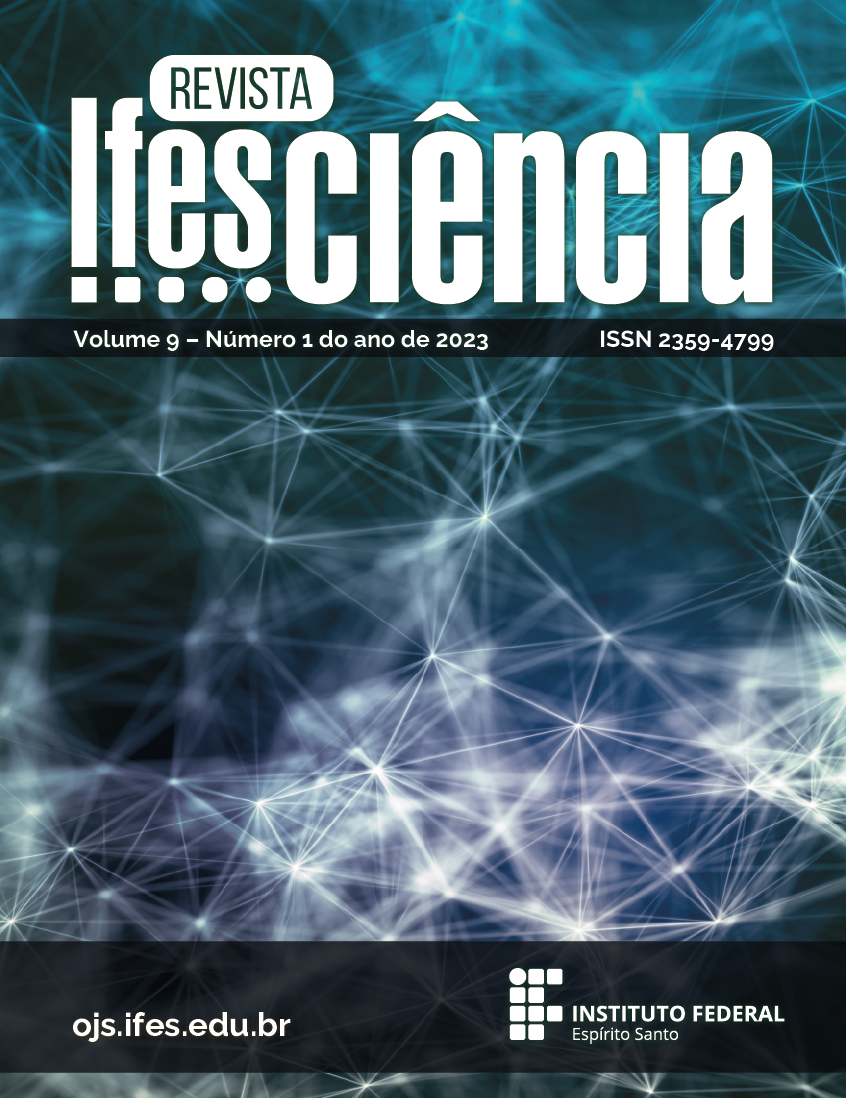STOMATAL CHARACTERIZATION IN LEAVES OF BANANA CULTIVARS OF THE TYPE PRATA AND MAÇÃ
DOI:
https://doi.org/10.36524/ric.v9i1.1658Palavras-chave:
Musa spp, morphogenetic characters, leaf anatomyResumo
In banana trees, traits such as stomatal density, stomatal index, polar and equatorial diameter act as morphological markers to understand relations between genetic, environmental and pathological factors. The present study was analyzed as stomatal characteristics in leaves of six banana cultivars of the type Prata and Maçã. The banana cultivars selected were: Prata-Anã, BRS Platina and Pacovan Ken and of the type Maçã: BRS Tropical, Maçã and BRS Princesa. The states and epidermal cells were counted, measuring the polar diameters (PD) and the equatorial diameter (ED). The difference in number of epidermal cells (NEC), number of stomata (NS) and stomatal density (SD) in the leaves of six banana cultivars was verified. A Prata Anã cultivar showed a higher content of leaf material abaxial and higher than the other cultivars under analysis. Regarding the application of the stomata (PD / ED), such as the cultivars BRS Platina and Pacovan Ken, of the Prata type, and the BRS Princesa, of the Maçã type, are more flexible stomata. The different cultivars of bananas of the type Prata and Maçã are among the anatomical and morphological characteristics of the stomata.
Downloads
Publicado
Edição
Seção
Licença
Copyright (c) 2023 Revista Ifes Ciência

Este trabalho está licenciado sob uma licença Creative Commons Attribution-NonCommercial-NoDerivatives 4.0 International License.
Autores que publicam nesta revista concordam com os seguintes termos:
- Autores mantém os direitos autorais e concedem à revista o direito de primeira publicação, com o trabalho simultaneamente licenciado sob a Licença Creative Commons Attribution que permite o compartilhamento do trabalho com reconhecimento da autoria e publicação inicial nesta revista.
b. Autores têm permissão e são estimulados a publicar e distribuir seu trabalho online (ex.: em repositórios institucionais ou na sua página pessoal) a qualquer ponto antes ou durante o processo editorial, já que isso pode gerar alterações produtivas, bem como aumentar o impacto e a citação do trabalho publicado (Veja O Efeito do Acesso Livre).



